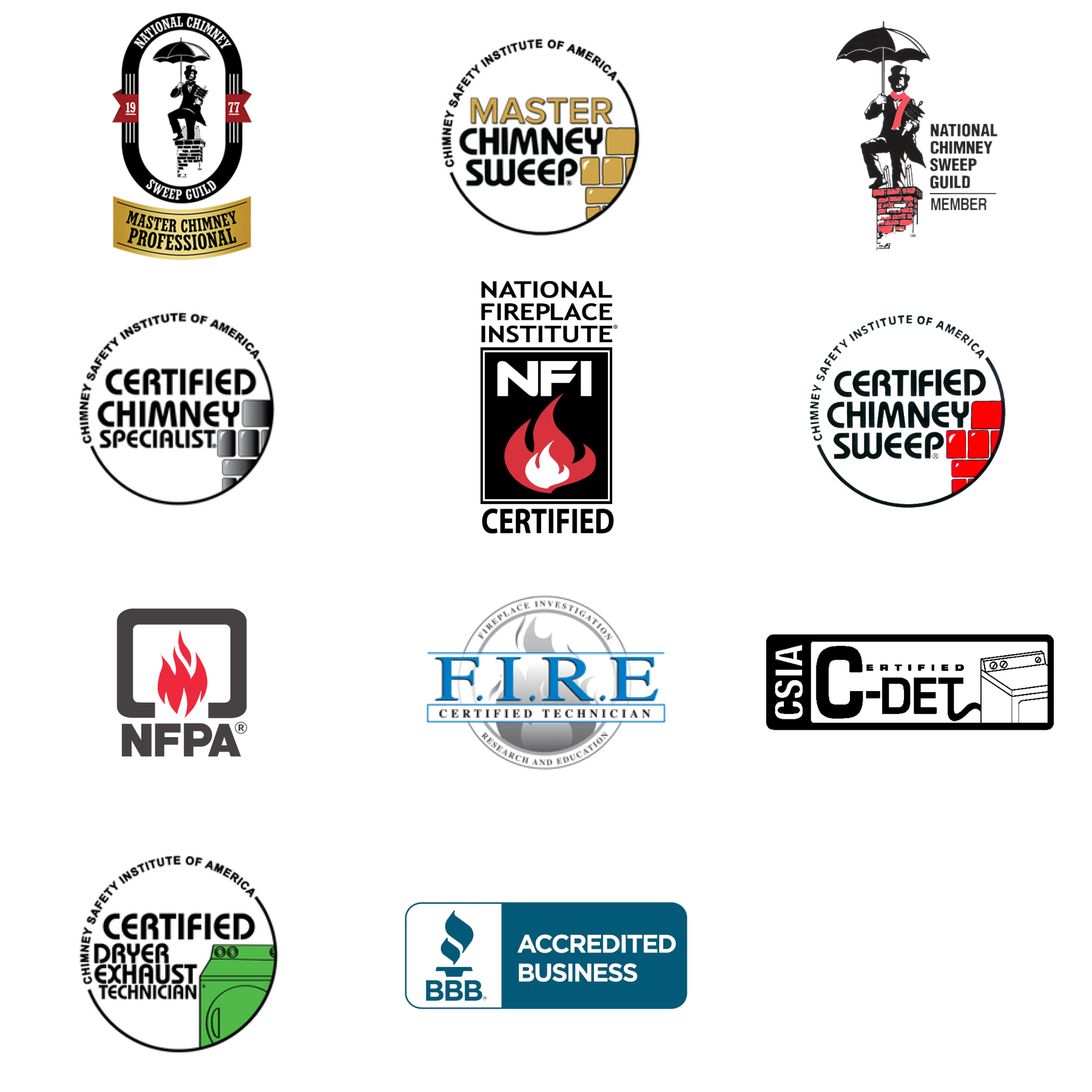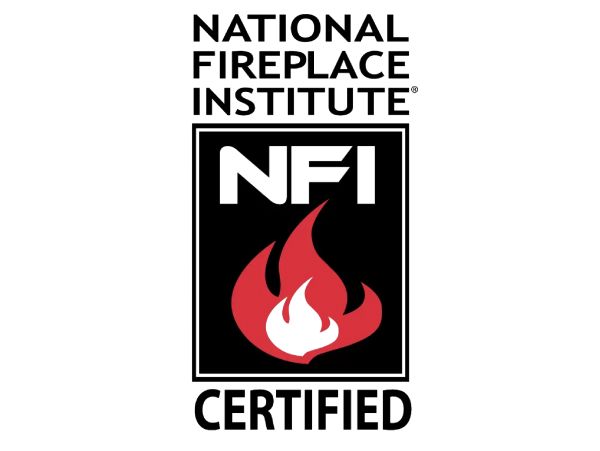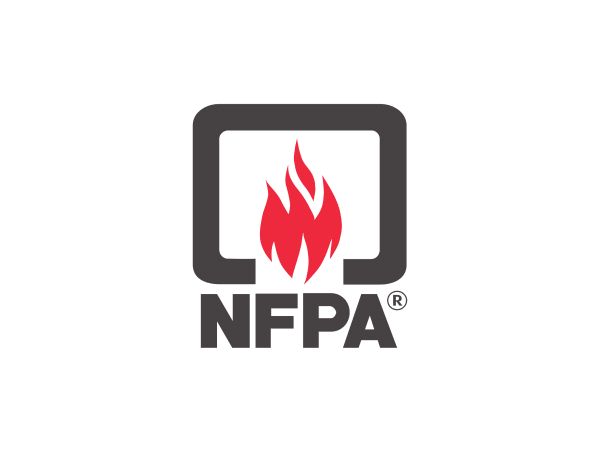chimney services
This Vermont Chimney Sweeping business has a proud tradition of servicing local communities since 1983.
chimney services
This Vermont Chimney Sweeping business has a proud tradition of servicing local communities since 1983.
the importance of annual cleaning

Keep your chimney clean and your home safe
Chimney sweeping is a vital service to protect the health and safety of your family and home. Annual inspections, and sweepings as needed, allow your chimney professional to “keep an eye on” your venting system. This can help prevent costly and damaging chimney fires, as well as help detect and correct small problems before they become big (and costly) ones. Every chimney, whether used for a fireplace, a wood stove, or an oil or gas furnace should be inspected annually.

the importance of annual cleaning
Keep your chimney clean and your home safe
Chimney sweeping is a vital service to protect the health and safety of your family and home. Annual inspections, and sweepings as needed, allow your chimney professional to “keep an eye on” your venting system. This can help prevent costly and damaging chimney fires, as well as help detect those small problems that can become big (and costly) ones. Every chimney, whether used for a fireplace, a wood stove, or an oil or gas furnace should be inspected annually.
why choose us?
we bring attention to detail
In our industry, the standard service is a chimney sweep and “Level I inspection.” This service generally takes half an hour to forty-five minutes. However, we believe that your chimney deserves a closer look. For this reason, our standard is the more thorough Level II inspection. We find what other sweeps miss.
We set aside up to 2 hours for your initial appointment so your service is never rushed and our technicians have the time to discuss the health of your chimney with you. We’re eager to answer all of your questions; our job is to arm you with all the information you need to successfully and safely use your fireplace, stove, insert, or furnace.
nationally certified, chimney safety
institute of america
constantly educating staff
we know what we’re
doing
we take the time for you
inspections
the solution
The National Fire Protection Association recommends having your appliances and venting systems inspected annually and serviced by a CSIA-certified chimney professional. Certified professionals will make sure the appliance is installed in accordance with current code and manufacturer’s recommendations.
inspections
the solution
The National Fire Protection Association recommends having your insert and venting system inspected annually and serviced by a CSIA certified chimney professional. Certified professionals will make sure the appliance is installed properly per the code and manufacturer’s recommendations. Hearth, Patio and Barbeque Association recommends having your insert and venting system inspected annually and serviced by a CSIA certified chimney professional. Certified professionals will make sure the appliance is installed properly per the code and manufacturer’s recommendations.
chimney repair
leakING chimney
Leaks within 10 feet of your chimney? You may need a chimney technician, not a roofer.
Do you have water dripping from the chimney into the fireplace? One of the most common reasons for this to occur is a damaged crown on a masonry chimney. The crown, or horizontal surface at the top of the chimney, could be cracked or chipped, allowing water to penetrate it.
The issue is typically experienced in older homes, especially those built before the 1980’s. Crowns before this time were often sloshed together using surplus mortar. This practice makes them more susceptible to cracks and so they deteriorate more quickly.
caps & guards
A chimney without a cap is like a house without a roof.
Imagine how much water would come into your home during a rainstorm if you had a hole in your roof twelve inches square? Chimney flues may be even larger than that, so where does all the water go? It runs down the chimney and seeps into bricks and mortar, settling behind the firebricks, and possibly damaging the parts of your home that are in contact with it.
There is little air circulation in the chimney (unless you’re using it) and no sunlight, so the inside of the chimney stays wet long after the rain stops. This moisture erodes the mortar joints and weakens the brick. Add to this the freeze/thaw cycle that occurs during the cold months, and you have all the ingredients for a deteriorating chimney.
general Questions
Here are some questions we are often asked:
-
Do you do chimney inspections without sweeping?
Well, there are some cases that do not require sweeping but we always do inspections. If the chimney does not have creosote buildup requiring a sweep, then we will do the inspection without sweeping (and charge accordingly).
-
what happens when you run into something unexpected?
We have always maintained a “fairness” policy. We understand we’re here to serve our customers and community. If we run into something unexpected, we will ALWAYS bring it to your attention.
You will NEVER find us covering up something that you need to know about.
This is a serious business and reputation matters. Only ethical, honest sweeps will have long careers in this business. We would never sacrifice the quality of service for short term gains.
-
What Goes Into an Inspection?
The National Fire Protection Association (NFPA) has established the minimum chimney inspection standards for home heating appliances, including fireplaces and wood stoves (see NFPA Publication 211).
It used to be that the scope of work involved in chimney inspection, stove inspection or fireplace inspection was left to up to the individual chimney service technician. Fireplace and chimney professionals now have a national industry standard that eliminates much of that discretion. There is a standard way to go about inspections, and any sweep worth his or her salt will be able to fully explain that standard to you.
The NFPA now classifies all inspections as Level 1, Level 2 or Level 3, and identifies all the steps required for each level. NFPA code 211 also describes the conditions under which each level of inspecton is called for. For additional information view the CSIA’s breakdown of Chimney Inspections.

other services we offer
we do it all
Whether you need your chimney inspected or repaired, your dryer vent cleaned, or your fireplace, wood or pellet stove serviced, you need experience, expertise and accreditation. There’s no short cut to experience. It has taken years of focused dedication to become the best at what we do. We earn a range of industry-recognized certifications, and participate in rigorous continuous education. We do this for you. We believe you and your family should be able to be warm, safe, and happy all year long. That’s why we consistently deliver a high quality and high value experience. We’ve been doing it for decades. All employees (including office staff) are CSIA (Chimney Safety Institute of America ™) certified & VT State licensed.
fireplace services
Fireplace sweeping and inspecting
Fireplace inserts for increased efficiency
Expert installation and fireplace maintenance
masonry
Masonry repair and maintenance
Damaged masonry chimney and water leak repair
Minor chimney repairs and complete reconstruction
dryer vent cleaning
Dryer vent cleaning and repair
Improve dryer airflow and reduce wear on your dryer
Reduce risks and increase dryer efficiency and effectiveness
READY TO GET STARTED?
Address
Scott's Clean Sweep
148G VT Rt 100 North,
West Dover, VT 05356
Quick Links
Service Cities
East & West Dover · Wilmington · Whitingham · Jacksonville · Readsboro · Stratton · Wardsboro & West Wardsboro · South Newfane & Newfane · Williamsville · Stamford · Marlboro · Halifax · West Halifax · Searsburg · West Brattleboro · Townshend · Jamaica · Bondville · Brookline · West Dummerston · Winhall
Coming Soon
Brattleboro · Guilford · Vernon · Londonderry · Peru · East Dummerston
© scott’s clean sweep 2024 | All Rights Reserved | Designed by unleash media












